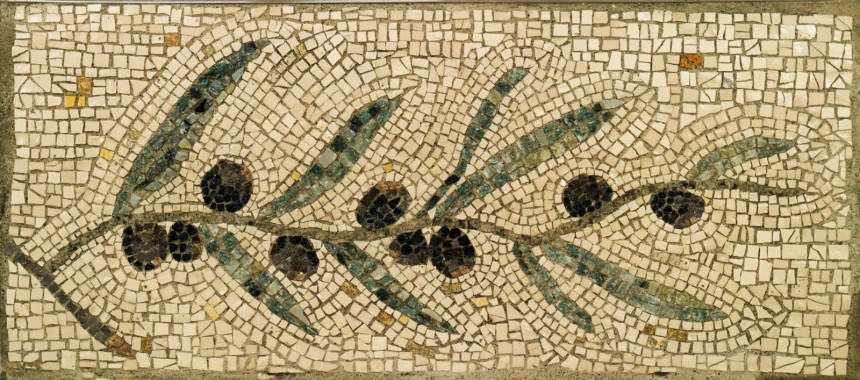Olive cultivation
After the Monastery of Prophet Elias reopened in 1997 with the installation of the new brotherhood under Elder Damaskinos, one of the first projects carried out was planting olive trees. The aim was the self-sufficiency of the Monastery in olive oil, so that the produced oil could be used both for the feeding of the fathers and for the use in the candles of the Main Church and the chapels of the Monastery.
In order for the estates around the Monastery to be fully exploited, which had a big slope, terrace like areas were created ("pezoulia" according to the local dialect) and it became possible to plant olive trees. Also,olive trees w ere planted in monastic estates in Kamari.
It should be noted that until then, the cultivation of olive trees on the island had not developed at all, and that the creation of the monastic olive trees at that time was indeed pioneering.The olive trees, in fact, have thrived in the lands of Santorini and are satisfactory. After all, important archeological findings have proved with great accuracy, that the olive tree has always thrived on the island. Olive leaf fossils, which research made by the Geology Department of the University of Athens, which were found on the walls of the Caldera, 50,000 or even 60,000 years old, are the oldest examples of olive cultivation in the world. So, in latest years there has been a big increase of farmers growing and handling olive trees.
Today, there are about 2,000 olive trees, mainly of the Koroni variety, in monastic fields, which are cultivated by the monastery's fathers and produce the monastery's high quality olive oil with the technique of cold pressing in the olive mill, edible olive products and more.



